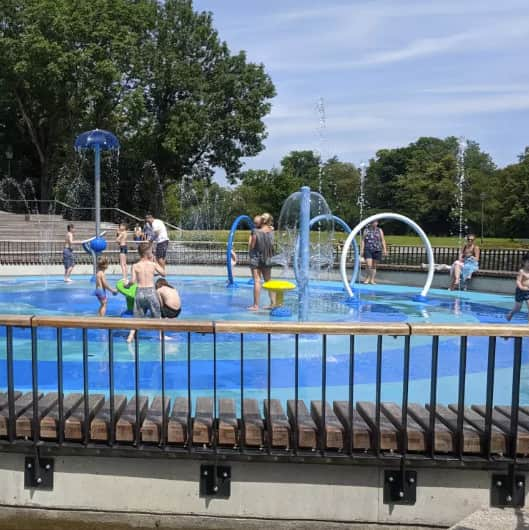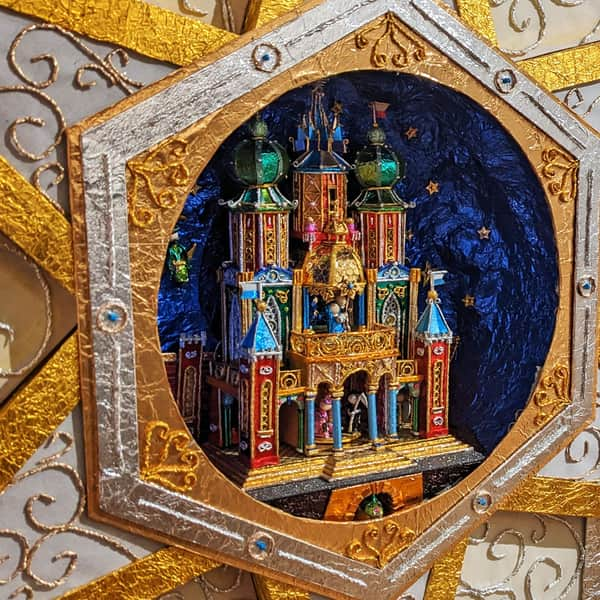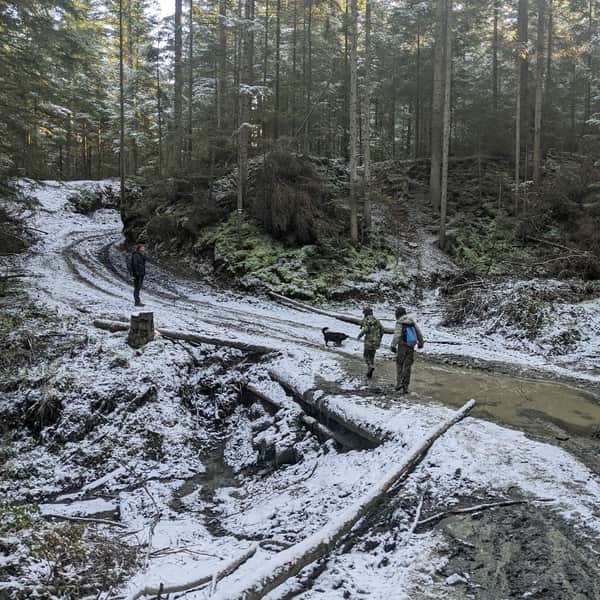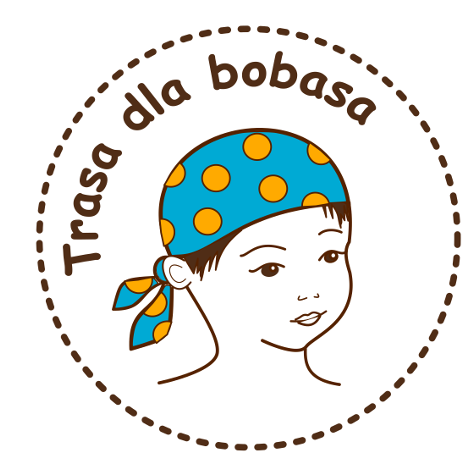The Royal Route - Exploring Krakow, Discovering Landmarks and History
Nearby: Kraków
stroller Route for stroller (small wheels)
accessible_forward The route is adapted to the needs of disabled people
Did you know that Krakow used to be closed at night? And why is there a sharp knife hanging above the entrance to the Cloth Hall? We invite you on an extraordinary walk along the Royal Route in Krakow!
The Royal Route
This is the ceremonial route that the king would take when entering the city and going to his residence at Wawel Castle. It consists of the streets Florianska and Grodzka. It is also the main tourist route, where you can find the most important monuments of Krakow. The starting point of the route is near the railway and bus stations.
City Walls and Barbican
In the past, the entire city was surrounded by defensive walls - today only a small fragment remains along with the city gate and the barbican. The moat that used to surround the walls has been filled in, and in its place, there are now pleasant promenades called Planty.
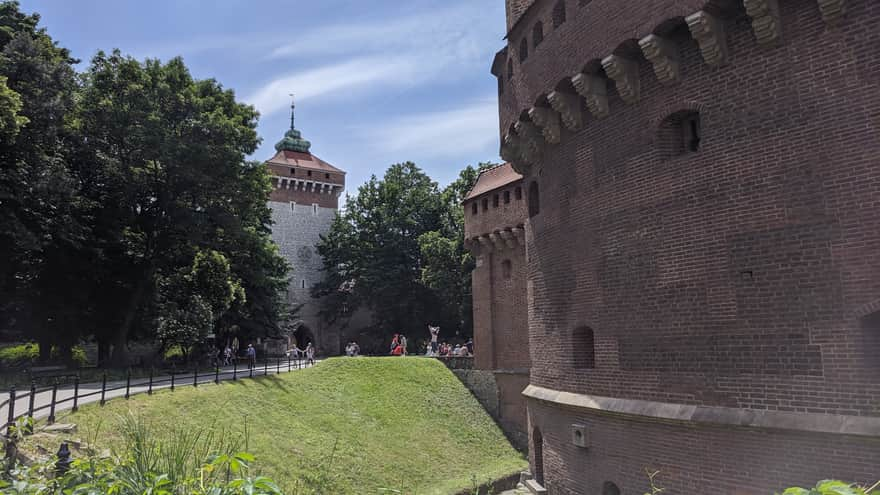
Florian Gate
This was the main gate leading to the old Krakow! It was through this gate that the king and important guests entered the city. There were seven gates in total, and they were all closed at night, not allowing anyone late to enter!

Florianska Street
This is one of the most representative streets in Krakow. The royal procession was greeted here as it passed by. As you pass by the townhouses, pay attention to the emblems above the entrances - they were not just decorative elements, but in times when houses were not yet numbered, they served as addresses. People would say that someone lived in the house "Under the Squirrel" or "Where the Sheep Are."
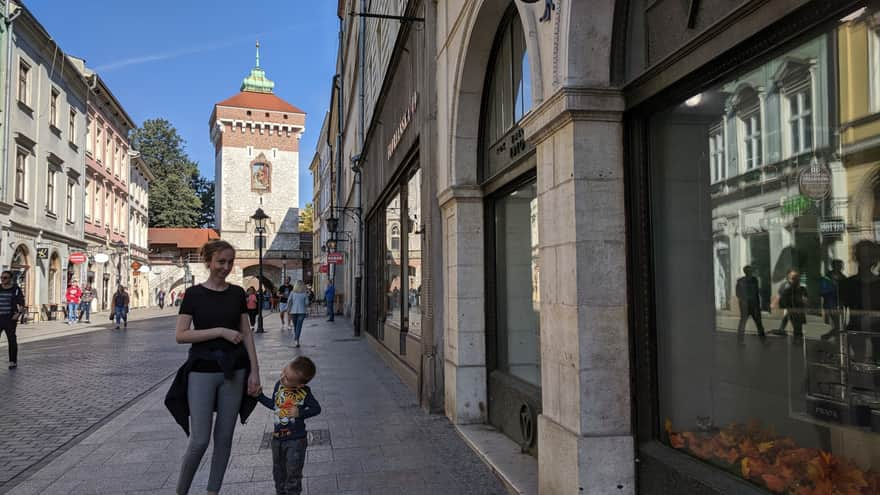
Studio of Master Matejko
Famous Krakow painter Jan Matejko had his studio on Florianska Street. If you have some extra time, it's worth visiting the museum that now occupies the same spot. Here, you can see the painter's easels, his bedroom called "Under the Stars," as well as sketches of angels that adorn the walls of St. Mary's Church.
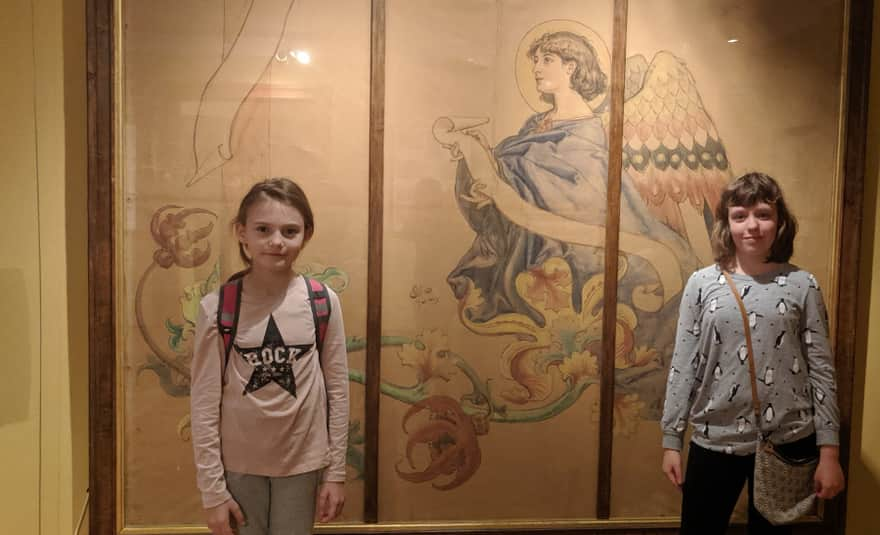
St. Mary's Church
From its highest tower, the famous hejnal melody resounds, played from all four sides of the world. Inside the church, we can admire the famous historic altarpiece by Veit Stoss - at that time, one of the most outstanding European artists. It took the sculptor 12 years to complete the altarpiece! While in St. Mary's Church, take a look at the walls and search for the painted angels - they were designed by Jan Matejko himself! You can also find the "kuny" - an iron collar used to punish people convicted of theft and other minor offenses.
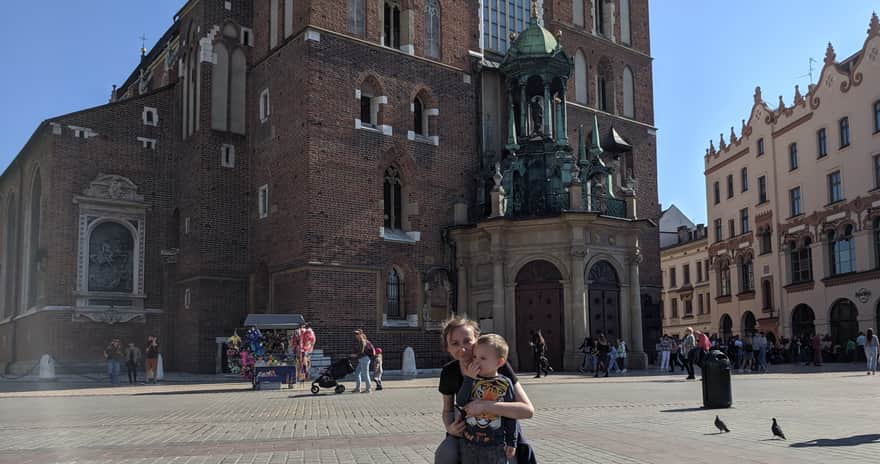
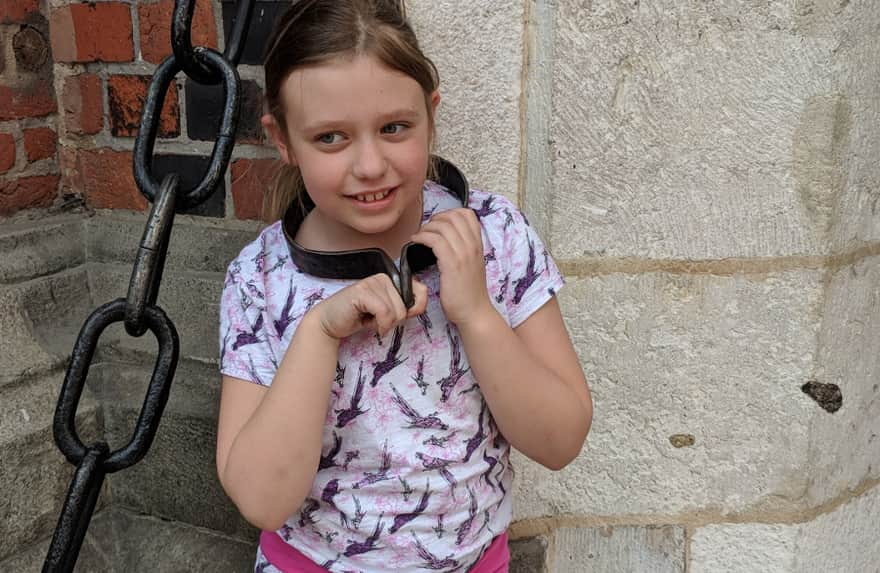
Cloth Hall
The Cloth Hall used to house stalls where merchants sold their goods - most commonly cloth, a thick fabric made from sheep's wool. This is where the building got its name. Such commercial houses were often built on market squares located along trade routes - besides Krakow, Wroclaw, Poznan, Torun, and many other cities in Poland, as well as in Europe, had their own cloth halls, such as Dresden and London. Do you see the grotesque faces on the roof of the building? Those are mascarons! Near the Cloth Hall, it's also worth showing children the torch extinguishers - when Krakow did not have nighttime lighting yet, people would move around at night carrying torches, which they extinguished when entering buildings. From the side of the Adam Mickiewicz monument, you can find a hanging knife on the ceiling of the Cloth Hall - this is related to the legend of two brothers who were building the towers of St. Mary's Church. When one brother's tower turned out to be taller and more beautiful, the other, out of jealousy, killed him - the knife was hung as a warning at the entrance to the Cloth Hall, where it hangs to this day.

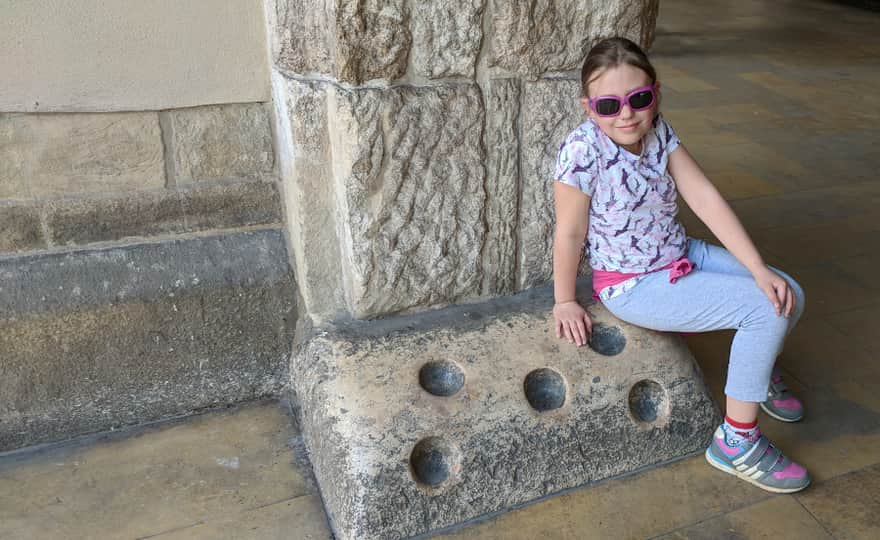
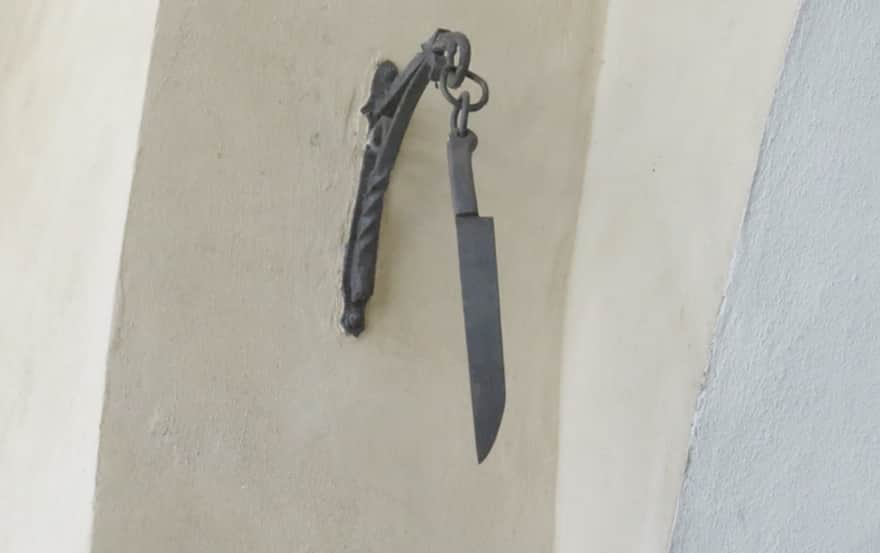
St. Wojciech's Church
This is the oldest church in Krakow. It was built even before the Market Square and the Cloth Hall!
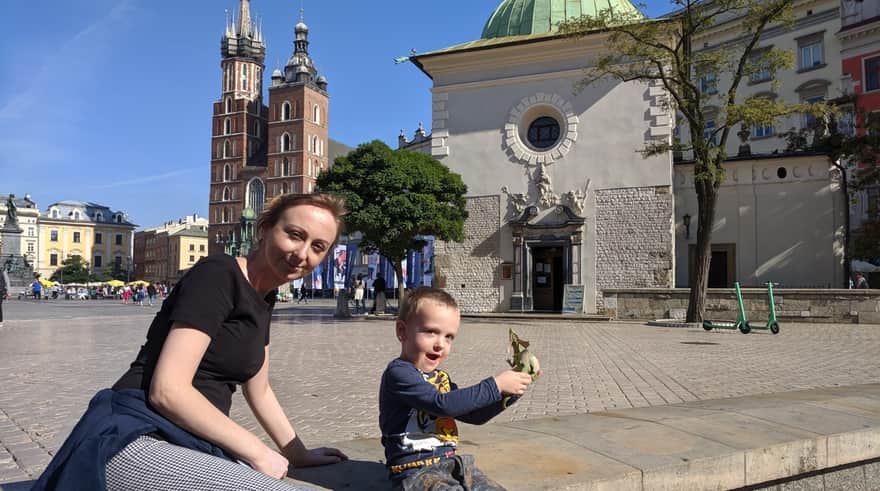
Grodzka Street
At Grodzka Street No. 32, you can find the oldest preserved emblem - the "Podelwie" townhouse.
Wawel Castle
In ancient times, the Wawel Hill was surrounded by swamps and marshes. Allegedly, this is where the name Wawel comes from - the word "Wąwel" means "elevation in the midst of wetlands." The coronations of Polish kings took place in the Wawel Cathedral. One of the most valuable historical treasures preserved at Wawel is the Szczerbiec - the coronation sword. The most famous Polish bell, Zygmunt, also rings from the tower of the Wawel Cathedral. It takes considerable strength and the work of 8-12 people to set it in motion!

Wawel - Royal Castle and Wawel Hill
Wawel Hill and Royal Castle on Wawel - sightseeingThere are two entrances to Wawel Hill: from Podzamcze Street (through the Herbowy Gate with a seasonal ticket office and the Vasa Gate) and from Bernardyńska Street (through the Bernardyńska Gate, also known as the "Road to the Castle"). ...
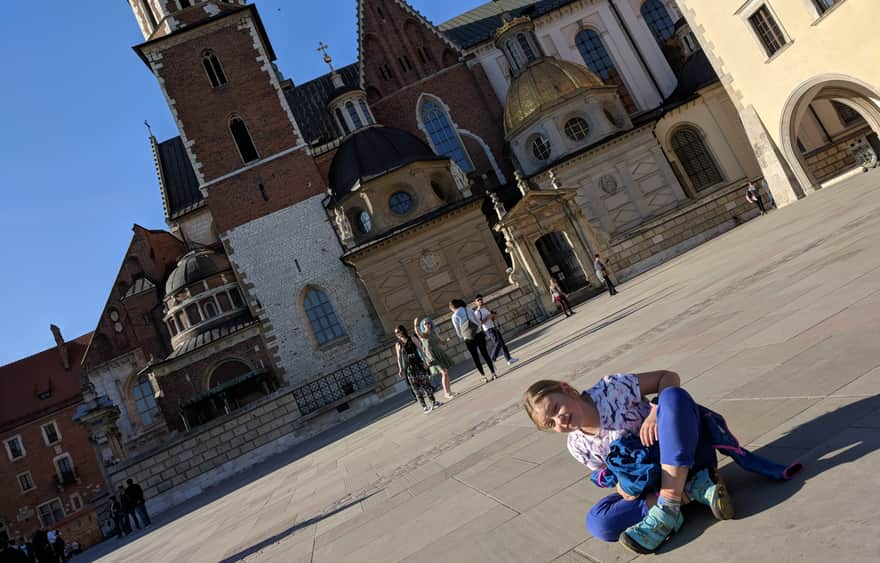
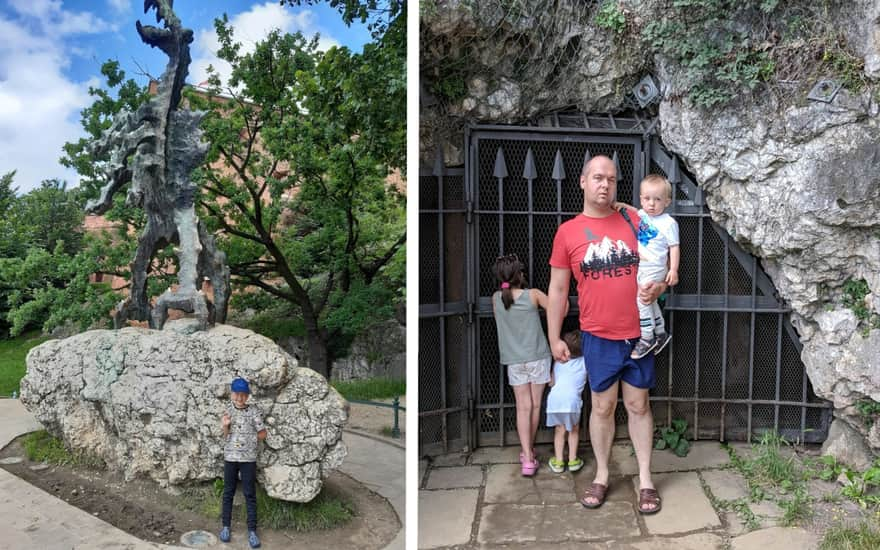
Publish Date: 2021-10-07
Last Updated: 2022-04-01
More in the Region Kraków (Cracow)
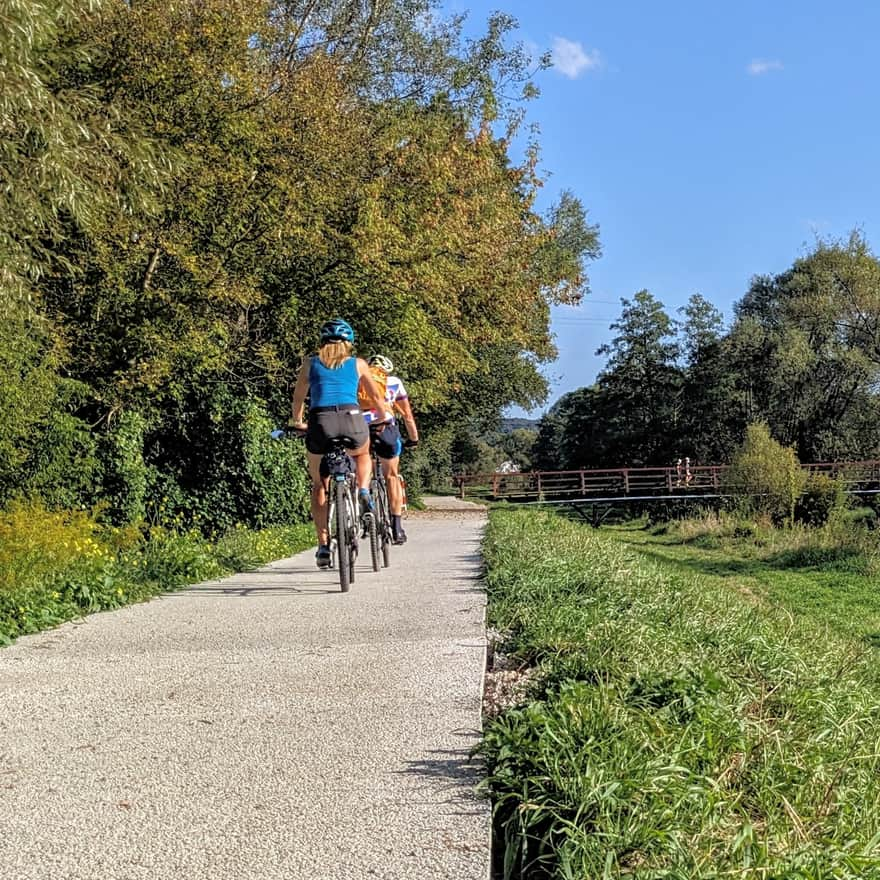
Total Length 125 km
